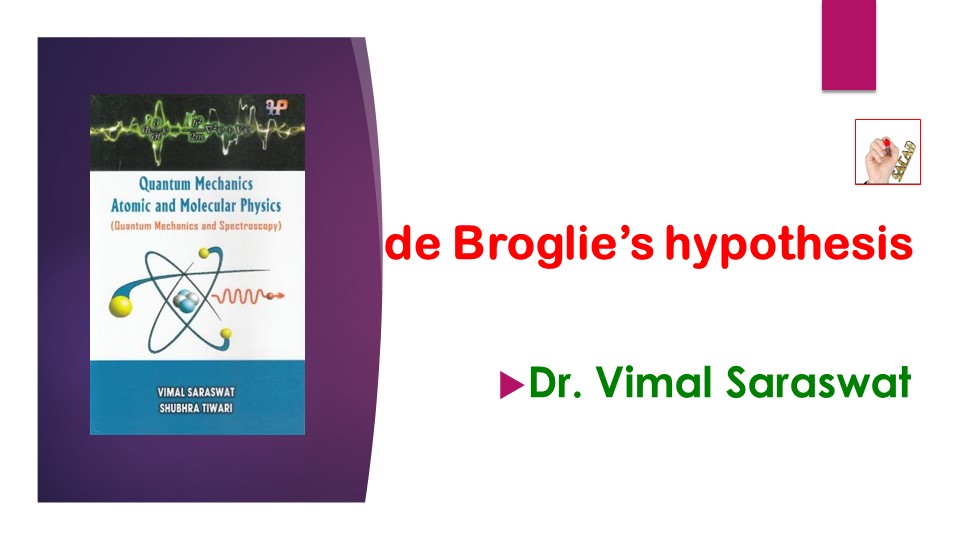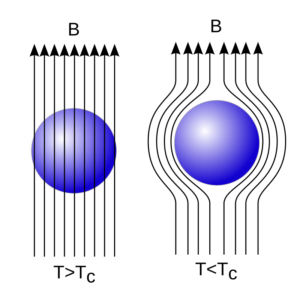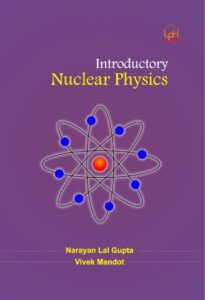de Broglie hypothesis
- According to de-Broglie, a wave is always associated with every moving particle. This wave is known as de-Broglie wave or matter wave.
- It means a matter wave have particle nature as well as wave nature i.e., dual nature.
- From quantum theory of radiation, energy of photon is
E = hν, where ν = frequency of incident photon - From Einstein’s theory of relativity E = √(m02c4 + p2c2)
- If m0 = 0, then E = pc, where p = momentum and c = velocity of light
- Now E = hν and E = pc
∴ hν = pc or p = hν/c
∵ c = νλ or λ = c/ν
∴ p = h/λ or λ = h/p
This is known as de-Broglie wavelength

- This wavelength is always associated with a photon
- Since momentum is the characteristic of particles, and the wavelength is characteristic of wave.
- Hence a wave is always associated with a particle.
Conclusion
- The wavelength of a particle is independent of the charge or the nature of the particle.
- The E.M. waves are produced only due to the charged particle. Hence the matter waves are not E.M. in nature.
∵ λ = h/p and p = mv
∴ λ ∝ 1/v and λ ∝ 1/m, v = velocity of particle
- Thus
- Faster is the particle, smaller is its wavelength.
- Heavier is the particle, smaller is its wavelength.
- If v is comparable to c, then m = m0/√(1 − v²/c²)
de Broglie wavelength of different particles
- If an electron is accelerated by applying a potential difference V, then energy acquired with it is E = eV
- If m0 is rest mass of electron, and v is the velocity of electron, then kinetic energy of electron,
E = ½ m0v² or v = √(2E/m0)
- If relativistic variation of mass with velocity is ignored i.e., m ≈ m0, then
v = √(2E/m)
- But E = eV
∴ v = √(2eV/m)
∵ de-Broglie wavelength λ = h/mv and v = √(2eV/m)
∴ λ = h/√2meV or λ = 12.27/√V Å
For any charged particle λ = h/√2mqV
For any massive particle λ = h/√2mE where E is kinetic energy
- If a matter particle at absolute temperature T is in thermal equilibrium, then
E = 3/2 kT where k = Boltzmann’s constant and T is absolute temperature
∵ λ = h/√2mE
∴ λ = h/√3mkT
Bohr’s hypothesis from de Broglie’s hypothesis
- According to Bohr’s postulate, an electron can revolve around the nucleus only in those orbits whose angular momentum is an integral multiple of h/2π.
∴ mvr = nh/2π
- Since a wave is associated with a moving particle, so 2πr = nλ
- Here 2πr is the circumference of the stable orbit
- From de-Broglie hypothesis, λ = h/mv
Now 2πr = nλ and λ = h/mv
∴ 2πr = nh/mv
or mvr = nh/2π
- Which is the Bohr’s hypothesis
To know more about de Broglie hypothesis click here.


